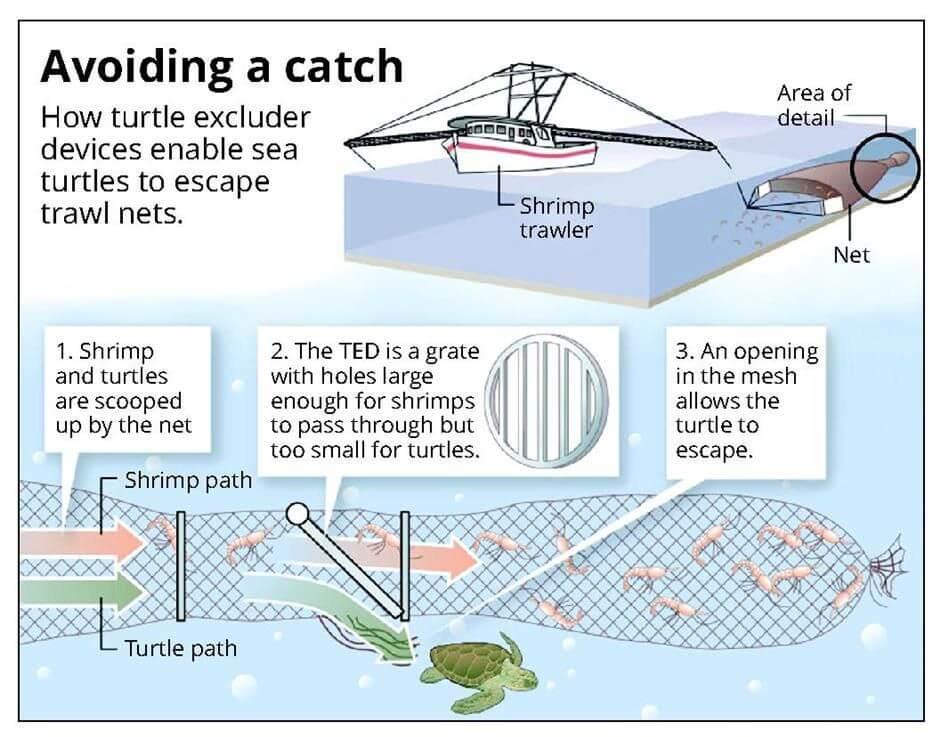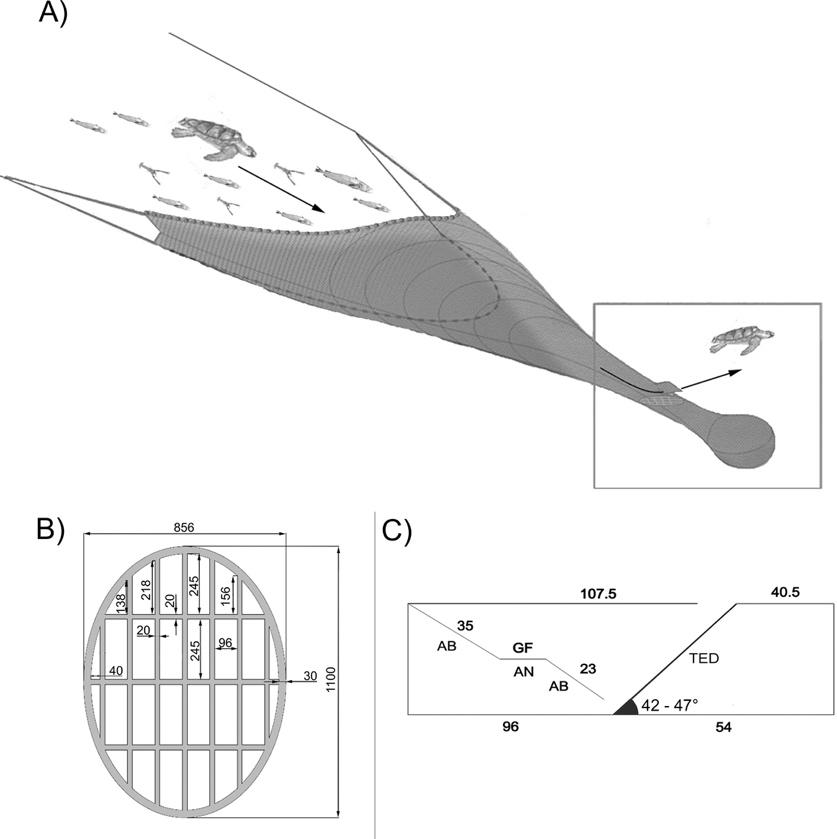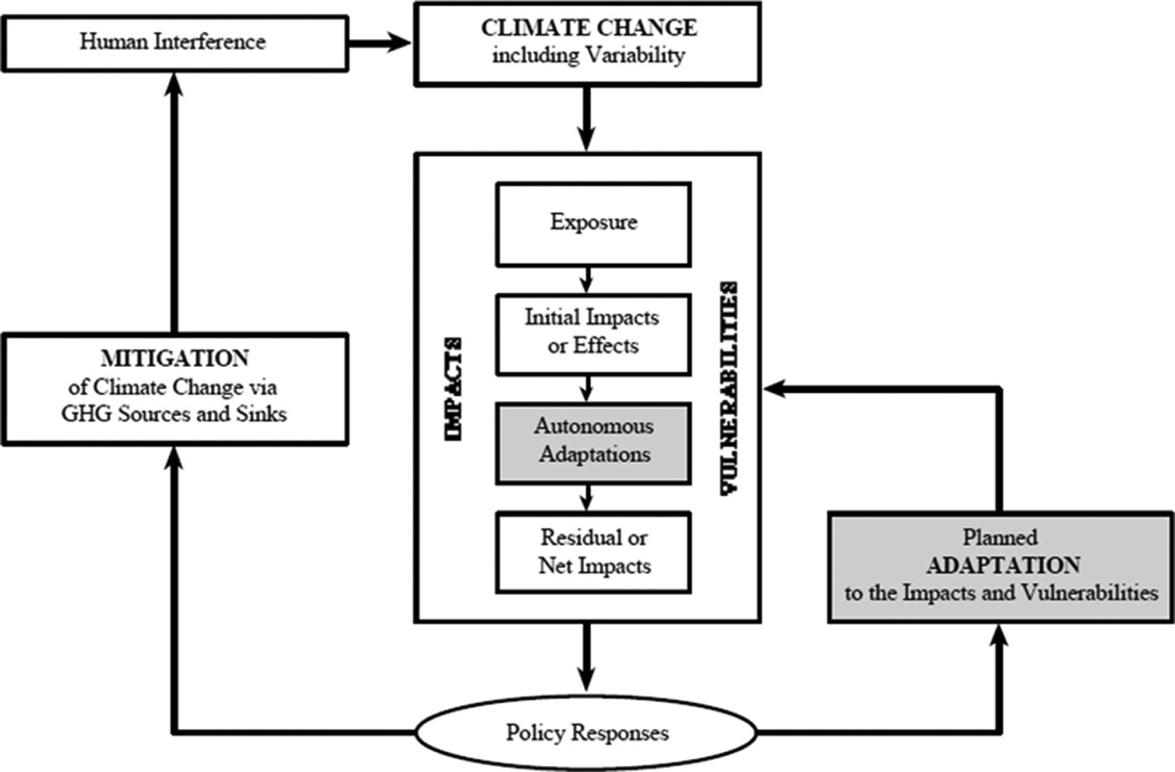Introduction
Fisheries provide sources of food and job opportunities for many people across the world. However, the growth of the commercial fishing industry creates challenges as it harms the environment and endangers vulnerable species. In response to the global marine crisis, international organizations proposed policies and ratified agreements to protect marine life and prevent pollution. The United Nations (UN) Convention on the Law of the Sea (UNCLOS) introduced in 1982 declared a list of responsibilities for coastal States related to the control of marine resources (Girard & Payrat, 2017).
The goals of sustainable exploitation, reduction of pollution, and conscious technology use were added in Part XII of UNCLOS, dedicated to the protection of the marine environment and mitigation against climate change (United Nations, 2018). Moreover, the UN proposed Sustainable Development Goal 14 to conserve marine resources, decrease oxygen-deficient dead zones, and protect biodiversity (United Nations, 2021). Despite decades-long sustainable efforts, the developing countries, where the fishing industry is dominated by trawl fisheries, still contribute to the highest rates of the accidental catch of sea turtles and marine pollution.
The multidimensional environmental crisis suggests that low-cost technological solutions are required to address the loss of endangered species and promote sustainable practices for fishing communities. A Turtle Excluder Device (TED) is an established technology with over 30 years of improvements. The low-tech device can help support small-scale fishers, minimize the devastating impact of commercial fisheries, and preserve vulnerable species, such as sea turtles and other organisms trapped in fishing gear. The following report offers an overview of the TED technology and its recent improvements proposed within the framework of the global sustainable fishing initiative. The technology assessment (TA) included in the report aims to determine whether the TED is a viable solution to the issues of endangered species’ loss, bycatch increase, and marine pollution.
Background
TEDs History and Original Designs
A TED is a low-tech device comprising a metal grate installed inside a trawl net to help a turtle escape by directing it to the small opening located at the net’s top or bottom. The development of the first TED began in the 1970s in the Gulf of Mexico when the scientists collaborated with fishermen and resource managers to protect sea turtles from becoming bycatch (Southeast Fisheries Science Center, 2019).
The idea originated from the fact that turtles are air-breathing creatures and drown when trapped inside a net. The first box-like TEDs were relatively ineffective and prone to clogging, as they reduced accidental turtle catch by 30 percent but increased shrimp losses by 38-53 percent (Southeast Fisheries Science Center, 2019). In the 1980s, the US National Marine Fisheries Service (NMFS) researched the practice of shrimp trawlers in Georgia and South Carolina and introduced an improved version of the device (Law, 2019). This grate-like design is used by many fisheries today because it is cost-effective, easy to install, and the device can be weaved into a net by any skilled fisherman. Figure 2 demonstrates how the improved TED prevents bycatch without clogging.

Current Use and Recent Improvements
TED is currently employed worldwide to preserve biodiversity, minimize the loss of target species, and decrease bycatch. The US was the first state to introduce the technology and compliance regulations for local fisheries and exporters. The countries located in the Mediterranean basin also adopted the TED technology as a part of the experiment to promote the conservation of protected species (Vasapollo et al., 2019). Additionally, Suriname, located in South America, introduced the TED policy requiring both artisanal and industrial fisheries to ensure market access and export to the countries with strict legislation.
The device increased catch quality, reduced debris, facilitated fishing operations, and provided financial incentives for local fishermen. In TED-certified Southeast Asian countries like Malaysia, the technology is viewed as a sustainable and cost-effective fishing practice supporting the nation’s economic development through export to the US (Khalid et al., 2020). Malaysian government cooperates with technical advisors to train fishers and net makers to properly install, repair, and modify TEDs according to the local environmental challenges. Thus, the technology is sustainable and economically viable, but its use is regulated in a limited number of countries.
The classic version of the TED reduced turtle bycatch and significantly decreased shrimp loss. However, fishermen complained that the device was large and heavy and refused to employ it regularly. The marine crisis led to environmental lawsuits and regulations requiring the mandatory use of TEDs. The policies include the Endangered Species Act (Title 40, Section 223), the Canadian Species at Risk Act, and the Final Rule proposed by the NMFS. Fishermen’s non-compliance with ethical practices required recent innovations to target two primary goals: improving the size and weight of the device and introducing alternative features to broaden the use of TEDs. A soft version demonstrated in Figure 3 is flexible, made of lightweight material, and protects larger species, including vulnerable sea turtles (loggerhead, leatherback), cetaceans, and sharks.

The following section examines different contexts for the use of the technology.
Alternative Usage Contexts
In addition to decreasing bycatch and protecting vulnerable species, TEDs can be utilized for different purposes. The refined version of the TED called Trash and Turtle Excluder Device (TTED) was developed and implemented by the World Wildlife Fund (Widecast, 2019).
The project considered the ecological context of French Guiana and the need to preserve unique turtle species. The 2-inch bar device is effective for reducing bycatch, allows to remove of debris from the water, and addresses the issue of marine pollution. The main drawback of the TTED is the considerable loss of target catch and valuable bycatch due to the small distance between bars. The alternative TEDs may be equipped with underwater cameras to document evidence for biologists and monitor the activity of commercial fisheries (Widecast, 2019). Finally, the devices enhanced by green LED lighting are currently in the pilot phase and have not been implemented. The equipment can be used to alert vulnerable species of the net presence in murky waters.
Analysis of Impacts
The technology demonstrates a positive impact on the environment and marine biodiversity. The device is small (32-inch by 44-inch) compared to other fishing gear and made of steel, which is environmentally safe, recyclable, and relatively lightweight. The TED implementation does not harm the environment and helps protect vulnerable species. For instance, the US requirement for shrimp trawlers to install approved TEDs supports conservation efforts and minimizes mortality of sea turtles, as the technology reduces overall bycatch by 97% (Oceana, 2021). The TED addresses the problem of the throwback rate of 64 percent (229 million pounds), and its improved version reduces fish bycatch by 25 percent (55 million pounds) (Oceana, 2021). Thus, the device mitigates the impact of the fishery by decreasing bycatch which is one of the anthropogenic stressors negatively affecting ecosystems.
The introduction of TEDs initiated the ongoing social change, as it involves collaboration between governments, environmental organizations, and fishing communities working towards sustainable development goals. Compliance within the fishing industry is essential for the device to be effective. Organizations, such as the NMFS and the National Oceanic and Atmospheric Administration (NOAA), communicate with fishermen and commercial fisheries to monitor their activity and promote the appropriate use of the TED (Southeast Fisheries Science Center, 2019).
The developing countries do not employ ecologically friendly technologies due to the use of traditional practices, the high cost of fishing gear, and the lack of awareness about sustainable fishery (Megwalu et al., 2018). Such countries can benefit from the cost-effective and simple device that can assist them in securing the sources of food and jobs. Moreover, fishermen can participate in TED’s development and implementation and enjoy financial incentives from governments and organizations encouraging innovation and sustainable fishery.
Review of Alternate Technologies
The simple design of the TED allows engineers to develop improvements and upgrades depending on the unique location and the peculiarities of the ecosystem. In addition to the TED, there are several alternative technologies for minimizing bycatch and protecting marine species. For example, Bycatch Reduction Devices (BRDs) was created by tropical shrimp fisheries to accommodate the large size of target species and the small size of bycatch (Megwalu et al., 2018).
The developers modified a grid selector of the TED and added square- or diamond-shaped mesh to catch small fish and divert large species from the net. Another sustainable technology addressing the issue of climate change is a Degradable Escape Mechanism (DEM) made of degradable bioplastics (polybutylene Adipate-co-Terephthalate and polybutylene succinate) instead of polluting materials used in traditional fishing gear. The biodegradable escape technology prevents ghost fishing that happens after the net is lost or abandoned. Finally, there are electronic fishing devices combining thermometers, GPS systems, RoxAnn acoustic products, and fish finders analyzing the environmental impact of fisheries. The electronic technologies prevent ghost fishing, detect the areas of marine pollution, and combat unregulated/illegal fishing.
Discussion
The report demonstrates that TED is an effective and economically viable tool for the mitigation of the global marine crisis caused by biodiversity loss and pollution. In addition to the ecological benefits, the technology shows a positive social impact, as it stimulates collaboration between governments and fishermen with the goal of decreasing bycatch and supporting conservation efforts. Anthropogenic stressors, including overfishing and destructive fishing practices (ghost fishing, bycatch), endanger ecosystems and require measures. The TED is currently mandatory for all commercial shrimping fleets in the US, but it is still uncommon at the global level. The following discussion includes the perspectives of Constructive Technology Assessment (TA) and Backcasting to critically assess the use of the TED.
Applying the approach of Constructive TA, an environmental engineer might conclude that the US regulations concerning local shrimp trawlers and foreign exporters of shrimp encourage other countries to adopt sustainable technologies (TED). Figure 4 reveals that the response to climate change policy responses to be followed by mitigation strategies and human interference.

The examples of Malaysia, Surinam, and French Guinea reveal that the device can be successfully employed when the local government supports the research and implementation of the technology (Megwalu et al., 2018). Moreover, the Mediterranean countries are currently working towards establishing effective legislation to preserve endangered species through sustainable fishery and bycatch-reducing devices (Vasapollo et al., 2019).
Considering the simplicity of the construction, time-saving installation process, and affordability of recyclable and non-toxic materials, the TED should be implemented globally. The regulations regarding the technology require an effective dialogue between social actors engaged with the TED, such as fishermen, commercial fisheries, environmental organizations, and governments.
The Backcasting perspective suggests that the desired outcomes can be achieved through international cooperation and involvement of the social actors identified above to develop TED-related policies and prohibit destructive fishing practices and gear. The research on the global use of the technology concludes (Megwalu et al., 2018). The main limitation is of TED is the lack of public awareness and established fishing practices involving destructive gear (castnets, longlines, gillnets).
Workshops, conferences, and local meetings can help collect feedback on the preferred technology and inform fishermen of TED and its ecological, economic, and social benefits. Finally, the measures can encourage the discussion of bycatch reduction and the improved capture of target species, positively impacting the productivity, as well as cost- and time effectiveness of the fishery.
Conclusion
The report demonstrated the benefits of TED and its ability to support conservation efforts and mitigate the anthropogenic impact on marine environments. Sustainable technology preserves biodiversity by significantly decreasing bycatch and mortality of vulnerable species of sea turtles, sharks, and fish. Despite the simplicity and cost-effectiveness of the low-tech device, its main limitation is the need for local regulations governing the activity of artisanal fishermen and commercial fisheries using shrimp trawls. Therefore, it is vital to raise awareness of the TED technology and provide training and financial incentives to fishermen in developing countries to broaden its positive environmental and societal impacts.
References
Girard, P., & Payrat, T. D. (2017). Issue paper: An inventory of new technologies in fisheries. OECD. Web.
Khalid, L., Pilcher, N., Phu, J., & Chee, H. K. (2020). Turtle Excluder Device as a sustainable fishing practice in Malaysia. IOSEA. Web.
Law, Y. H. (2019). The tough sell of turtle-saving tech. Hakai Magazine. Web.
Marine Research Foundation. (2019). Turtle Excluder Devices (TEDs). MRF. Web.
Megwalu, F. O., Asare, O. E., Tchoundi, A., & Rahman, M. A. (2018). Environmentally friendly fishing technologies: An adaptation tactic to climate change to the inland fisheries of developing countries. Australian Journal of Science and Technology, 2(3).
Oceana. (2021). TEDs: A net positive for fish and sea turtles. Oceana. Web.
Southeast Fisheries Science Center. (2019). History of Turtle Excluder Devices. NOAA. Web.
United Nations. (2018). Part XII protection and preservation of the marine environment. UN. Web.
United Nations. (2021). Conserve and sustainably use the oceans, seas and marine resources for sustainable development. UN. Web.
Vasapollo, C., Virgili, M., Petetta, A., Bargione, G., Sala, A., & Luchetti, A. (2019). Bottom trawl catch comparison in the Mediterranean Sea: Flexible Turtle Excluder Device (TED) vs traditional gear. Plos One, 14(12). Web.
Widecast. (2019). Meeting report: 2019 regional leatherback bycatch prioritization workshop. Web.
World Wildlife Fund. (2021). A Turtle Excluder Device. WWF. Web.
Table of Figures
- Figure 2 : The design of a TED (Marine Research Foundation, 2019) 6.
- Figure 3 : The flexible Turtle Excluder Device (TED) (Vasapollo et al., 2019) 7.
- Figure 4 : Schematic diagram of adaptation in the climate change issues (Megwalu et al., 2018) 11.